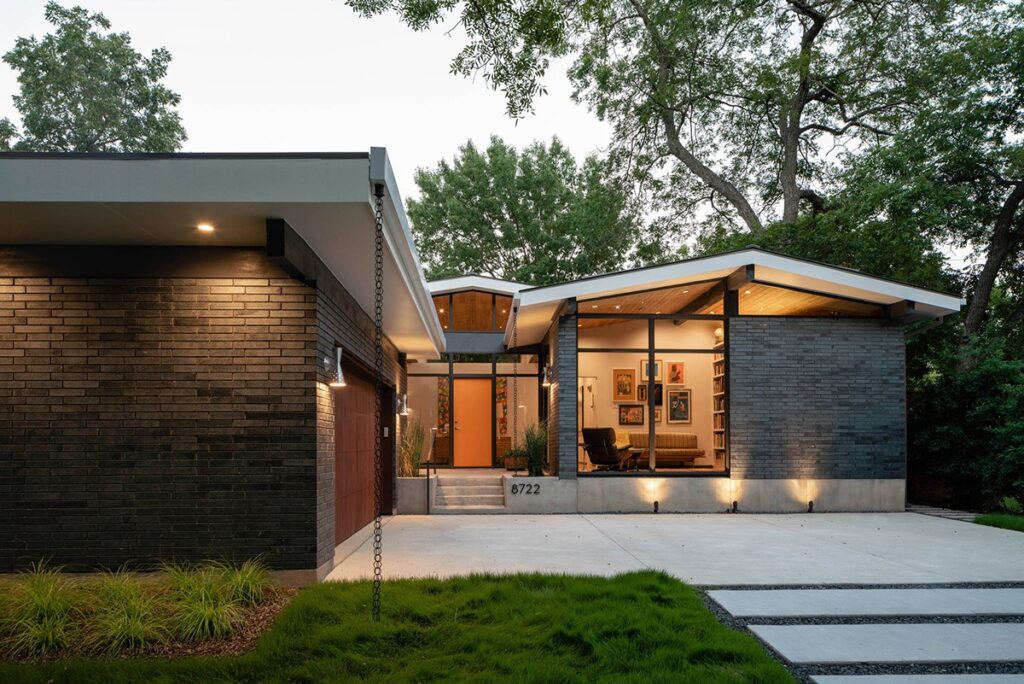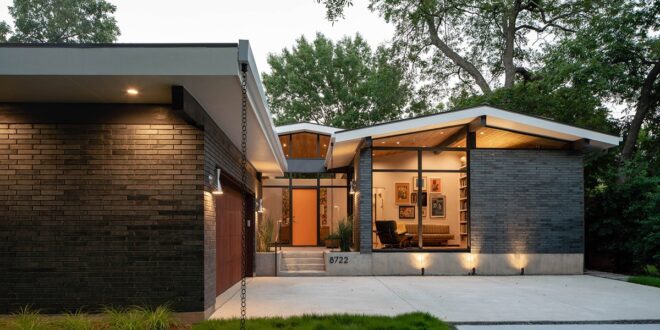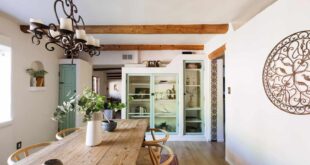
Mid-Century Modern: A Timeless Design Movement Explained
Mid-century modern. You’ve heard the term, seen the furniture, and maybe even decorated your home with its iconic pieces. But what exactly is mid-century modern? This design movement, born in the aftermath of World War II, continues to captivate and influence contemporary aesthetics. This article delves into the origins, key characteristics, and enduring appeal of mid-century modern design.
The Genesis of Mid-Century Modern
The mid-century modern movement flourished roughly from the mid-1940s to the mid-1960s. This period was marked by significant social and technological changes. The post-war era saw a surge in optimism, a desire for progress, and a focus on the future. Mass production techniques, fueled by wartime innovations, became more accessible, allowing designers to create affordable, functional, and aesthetically pleasing furniture and architecture for a wider audience.
Several factors contributed to the rise of mid-century modern. The Bauhaus school’s emphasis on functionalism and minimalist design principles heavily influenced the movement. Scandinavian design, with its focus on natural materials and clean lines, also played a significant role. Furthermore, the influx of European designers to the United States during and after the war brought new ideas and perspectives to the American design scene.
Key Characteristics of Mid-Century Modern Design
Mid-century modern design is characterized by several distinct features:
- Clean Lines and Simplicity: Uncluttered forms and a lack of excessive ornamentation are hallmarks of the style. Furniture pieces typically feature smooth surfaces, tapered legs, and geometric shapes.
- Functionalism: Design prioritizes practicality and usability. Forms follow function, and every element serves a purpose.
- Organic Shapes: While geometric forms are prevalent, mid-century modern also incorporates organic shapes inspired by nature, such as curves, arcs, and asymmetrical forms.
- Use of New Materials: Designers embraced new materials like molded plywood, plastic, fiberglass, and vinyl, exploring their potential for creating innovative and affordable furniture.
- Integration with Nature: Large windows, open floor plans, and the use of natural materials like wood and stone blur the lines between indoor and outdoor spaces.
- Emphasis on Color: Bold colors, such as avocado green, mustard yellow, and orange, were often used to add vibrancy and personality to interiors. Geometric patterns and graphic designs were also popular.
Iconic Designers and Their Contributions
Several designers played a pivotal role in shaping the mid-century modern aesthetic. Some of the most influential figures include:
- Charles and Ray Eames: Known for their iconic molded plywood chairs, the Eameses revolutionized furniture design with their innovative use of materials and ergonomic forms.
- Eero Saarinen: This Finnish-American architect and designer created iconic pieces like the Tulip chair and the Womb chair, characterized by their organic shapes and futuristic aesthetic.
- George Nelson: A prolific designer and writer, Nelson is best known for his Marshmallow sofa, Ball clock, and Coconut chair, which embody the playful and experimental spirit of mid-century modern.
- Isamu Noguchi: This Japanese-American artist and designer created sculptural furniture pieces, including the Noguchi table, which seamlessly blends art and functionality.
- Hans Wegner: A master of Danish design, Wegner is renowned for his elegant and functional chairs, such as the Wishbone chair and the Round chair (also known as “The Chair”).
Mid-Century Modern Architecture
Mid-century modern design extended beyond furniture to encompass architecture. Mid-century modern homes often feature:
- Open Floor Plans: Minimizing walls to create a sense of spaciousness and flow.
- Large Windows: Maximizing natural light and blurring the boundaries between indoor and outdoor spaces.
- Flat or Low-Pitched Roofs: Emphasizing horizontal lines and a streamlined aesthetic.
- Integration with the Landscape: Designing homes that blend seamlessly with their natural surroundings.
- Use of Natural Materials: Incorporating wood, stone, and brick into the exterior and interior design.
Examples of iconic mid-century modern architecture include the Case Study Houses in Southern California, which showcased innovative design solutions for post-war living. [See also: Case Study Houses: Modern Living Experiments]
The Enduring Appeal of Mid-Century Modern
Despite its origins in the mid-20th century, mid-century modern design continues to be incredibly popular today. Several factors contribute to its enduring appeal:
- Timeless Aesthetic: The clean lines, simple forms, and focus on functionality make mid-century modern design inherently timeless.
- Versatility: Mid-century modern pieces can be easily integrated into a variety of interior design styles, from minimalist to eclectic.
- Comfort and Functionality: Mid-century modern furniture is designed for comfort and usability, making it ideal for everyday living.
- Nostalgia: For many, mid-century modern evokes a sense of nostalgia for a simpler time.
- Sustainability: The emphasis on natural materials and durable construction aligns with contemporary concerns about sustainability.
Incorporating Mid-Century Modern into Your Home
If you’re looking to incorporate mid-century modern into your home, here are a few tips:
- Start with Key Pieces: Invest in a few iconic mid-century modern furniture pieces, such as an Eames lounge chair, a Saarinen Tulip table, or a Nelson Marshmallow sofa.
- Embrace Natural Materials: Incorporate wood, leather, and wool into your décor.
- Add Pops of Color: Use bold colors and geometric patterns to add vibrancy to your space.
- Keep it Simple: Avoid clutter and focus on creating a clean and uncluttered environment.
- Mix and Match: Don’t be afraid to mix mid-century modern pieces with furniture from other eras to create a unique and personalized look.
Mid-Century Modern Today
The influence of mid-century modern design can be seen everywhere today, from furniture and architecture to graphic design and fashion. Its principles of simplicity, functionality, and integration with nature continue to resonate with designers and homeowners alike. Whether you’re a seasoned collector or just starting to explore the style, mid-century modern offers a timeless and inspiring aesthetic that can enhance any home.
The clean lines and organic shapes of mid-century modern furniture make it a perfect addition to any contemporary home. Explore different textures and materials to create a space that feels both modern and inviting. Remember to balance the bold colors with neutral tones to achieve a harmonious look.
Ultimately, mid-century modern is more than just a design style; it’s a philosophy that celebrates simplicity, functionality, and the beauty of natural materials. By embracing these principles, you can create a home that is both stylish and comfortable.
 Nimila
Nimila




